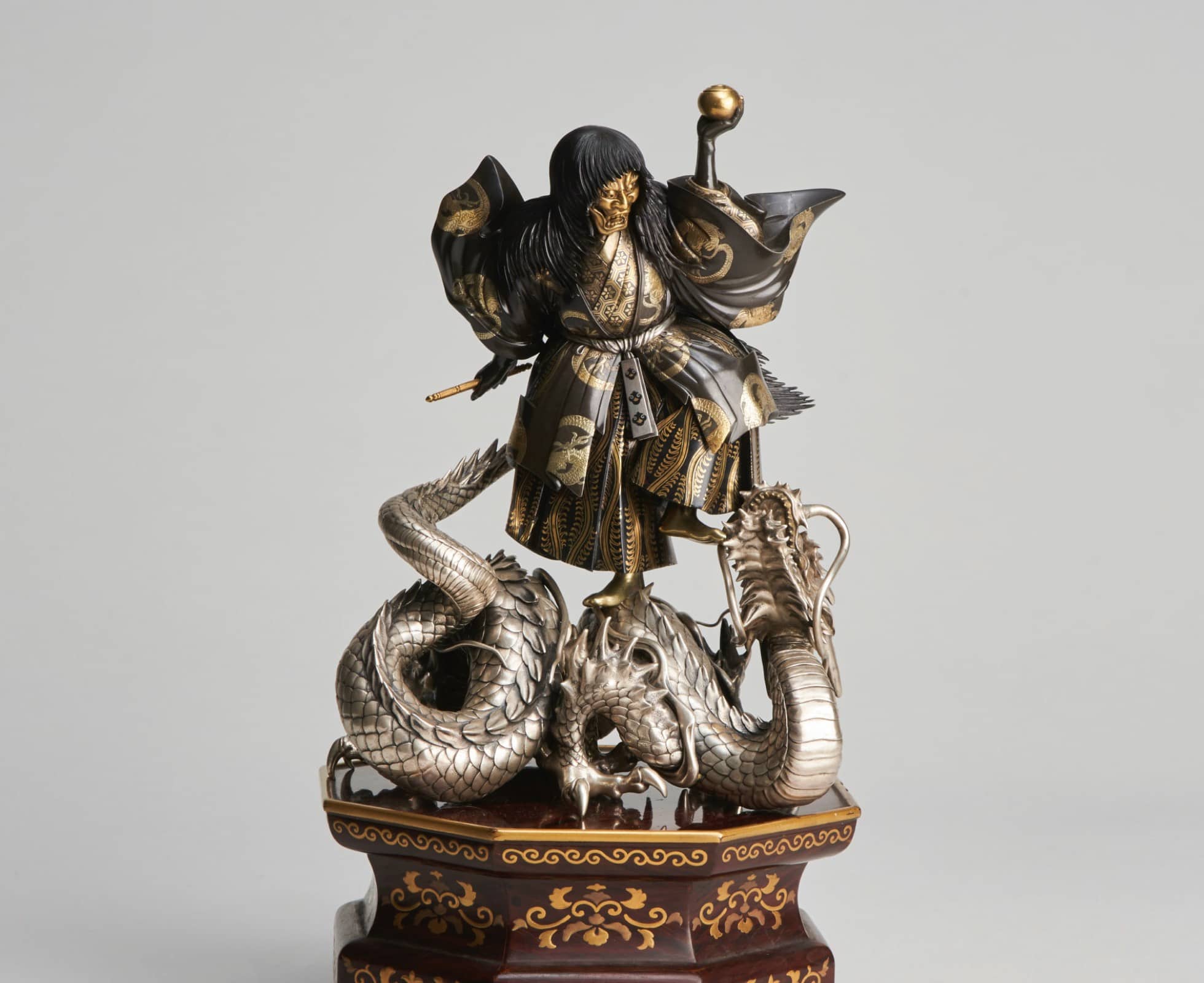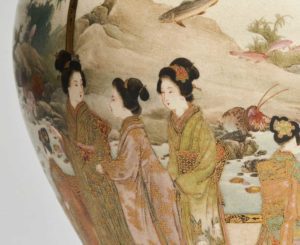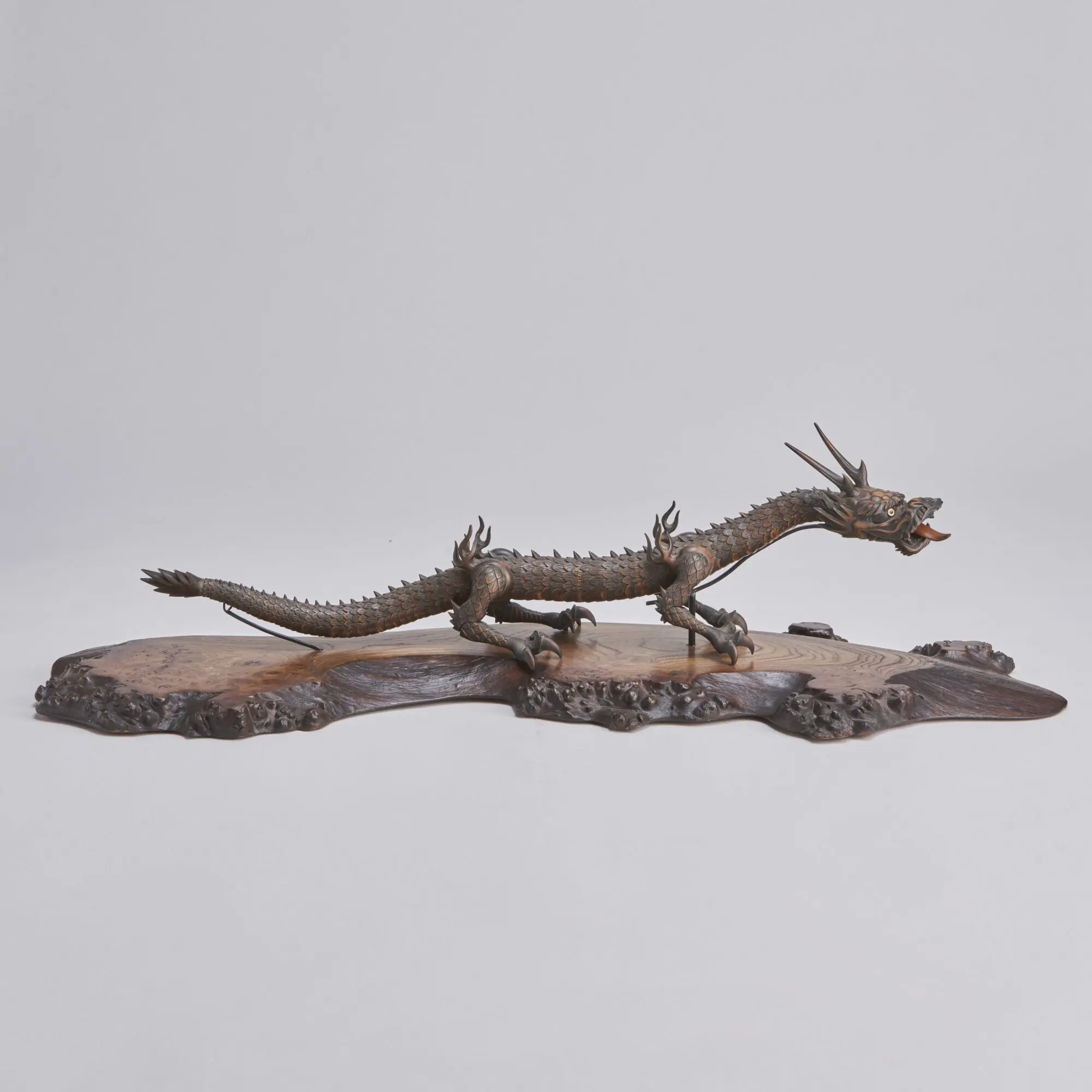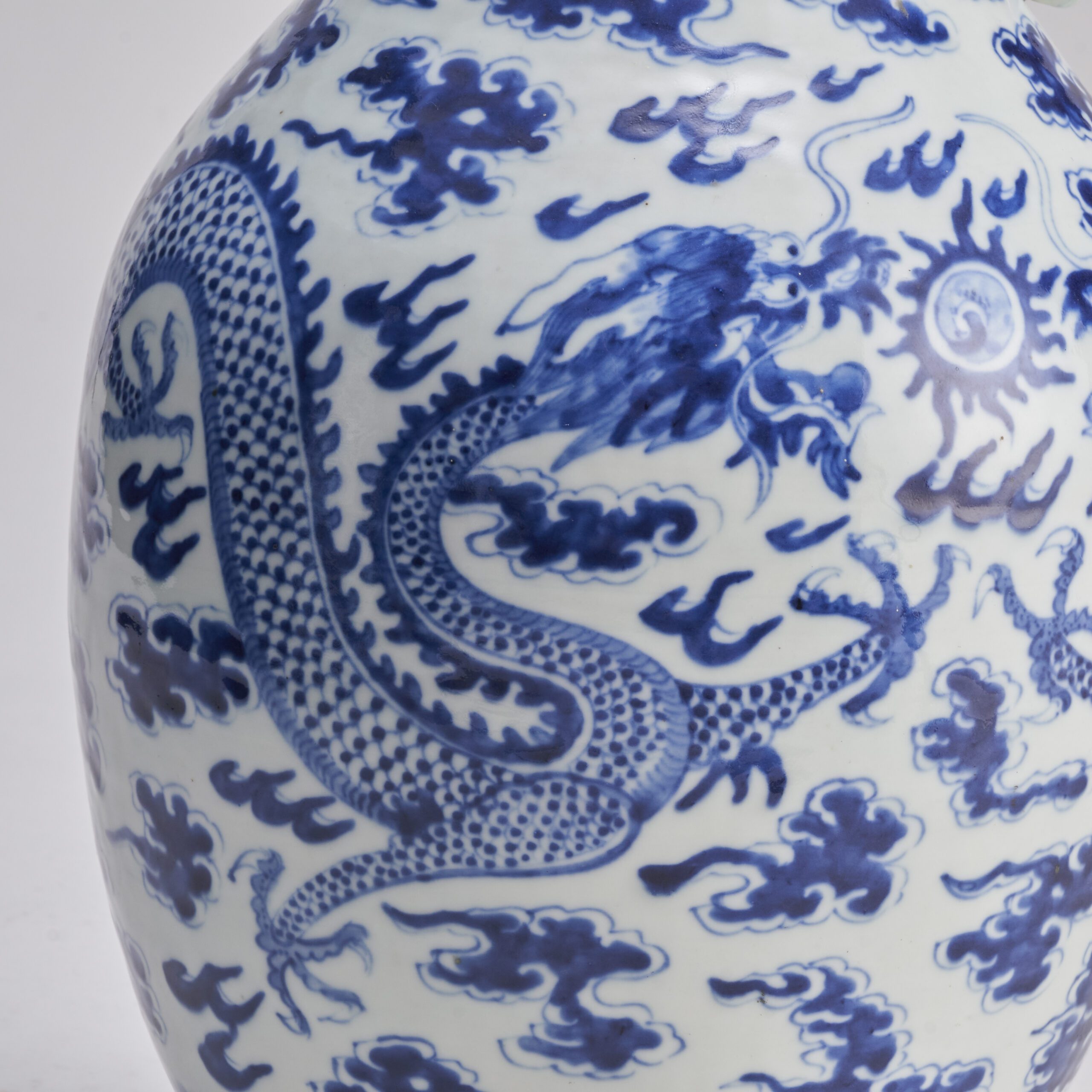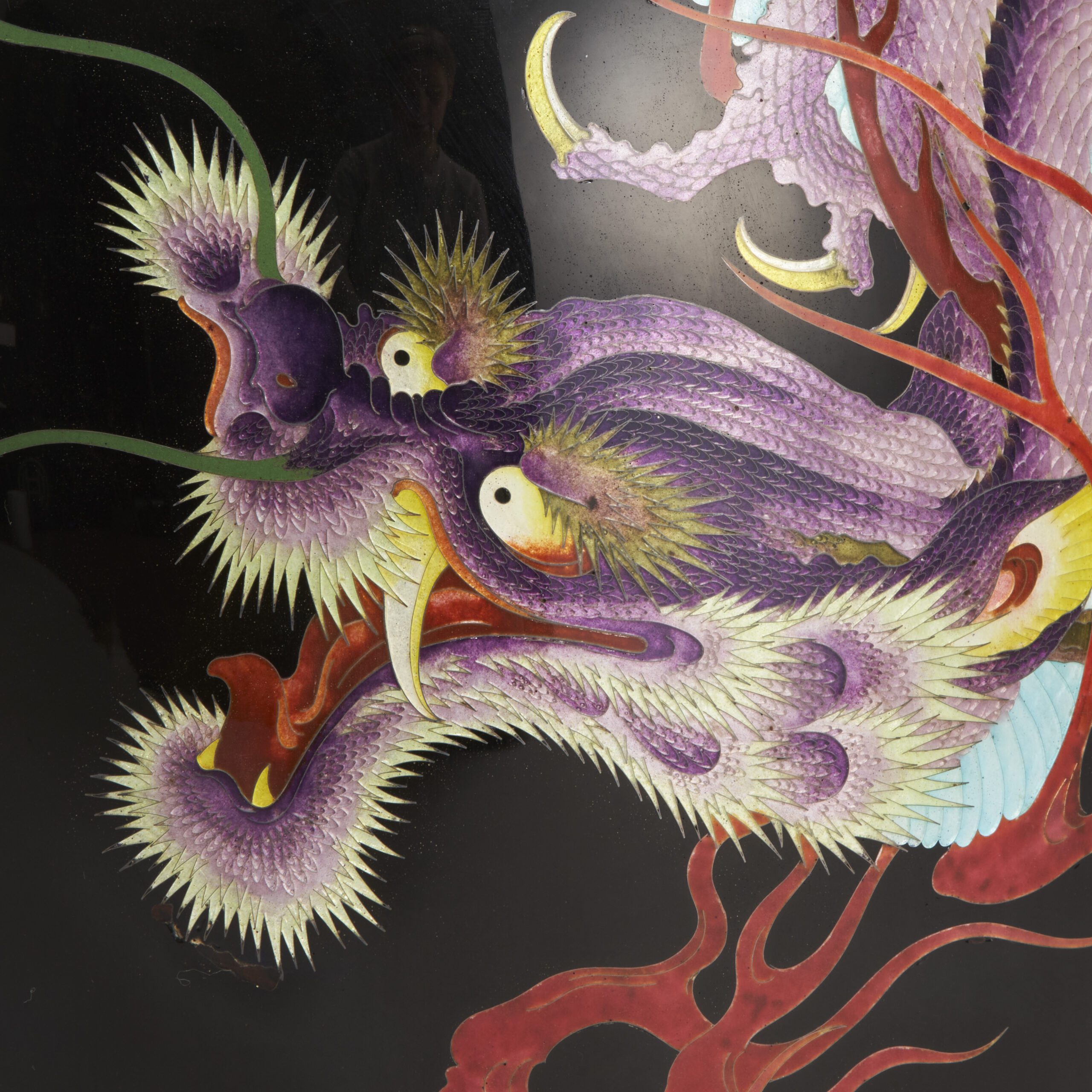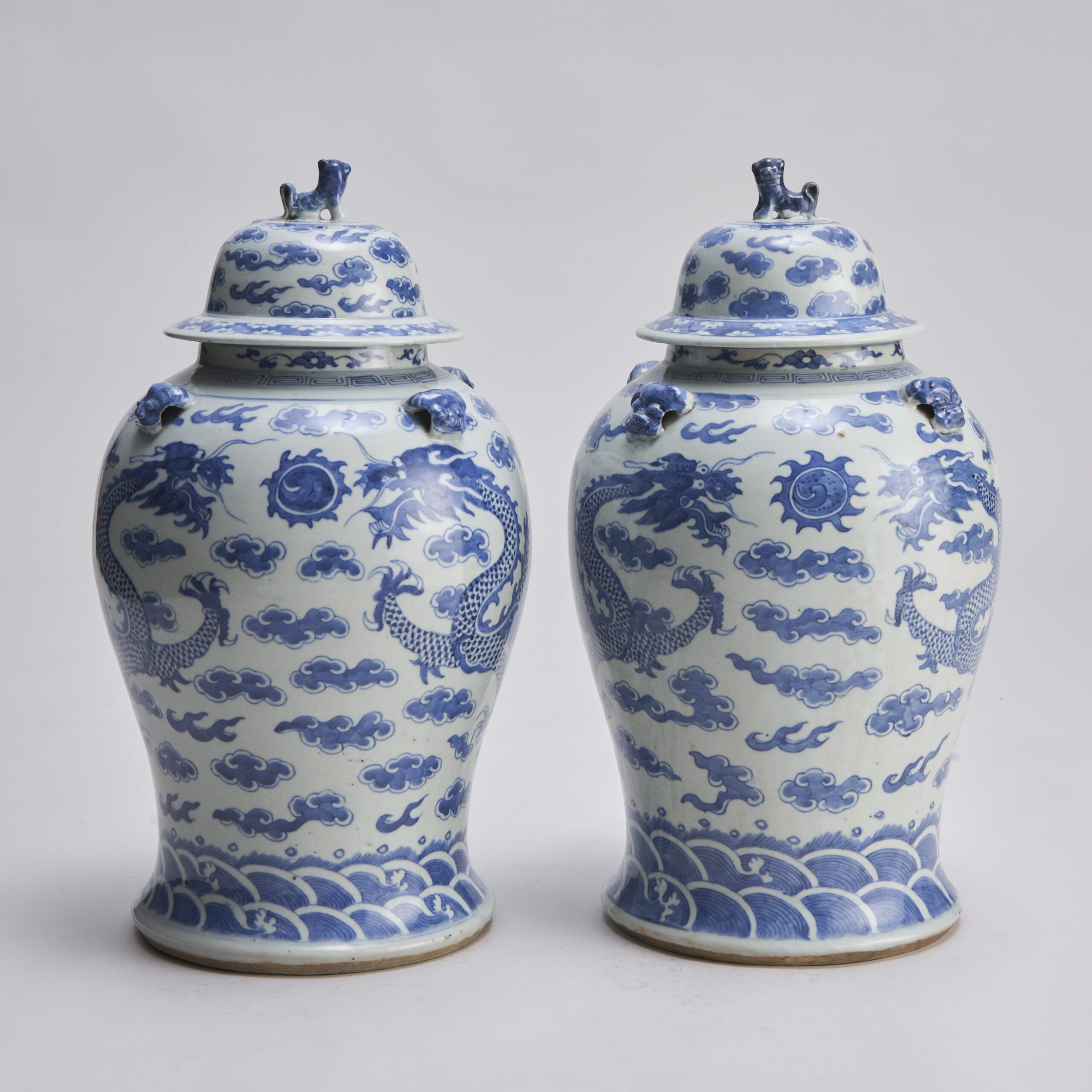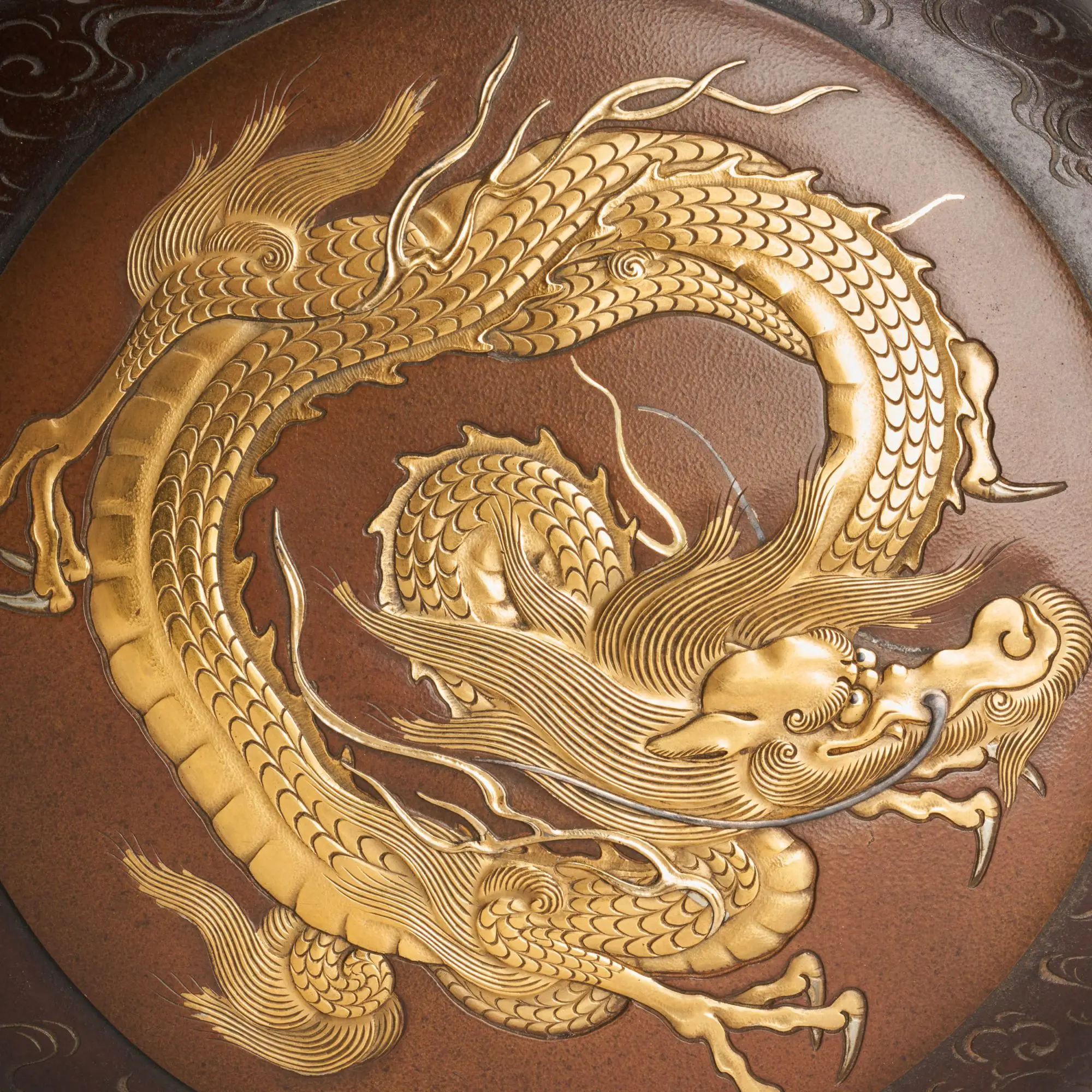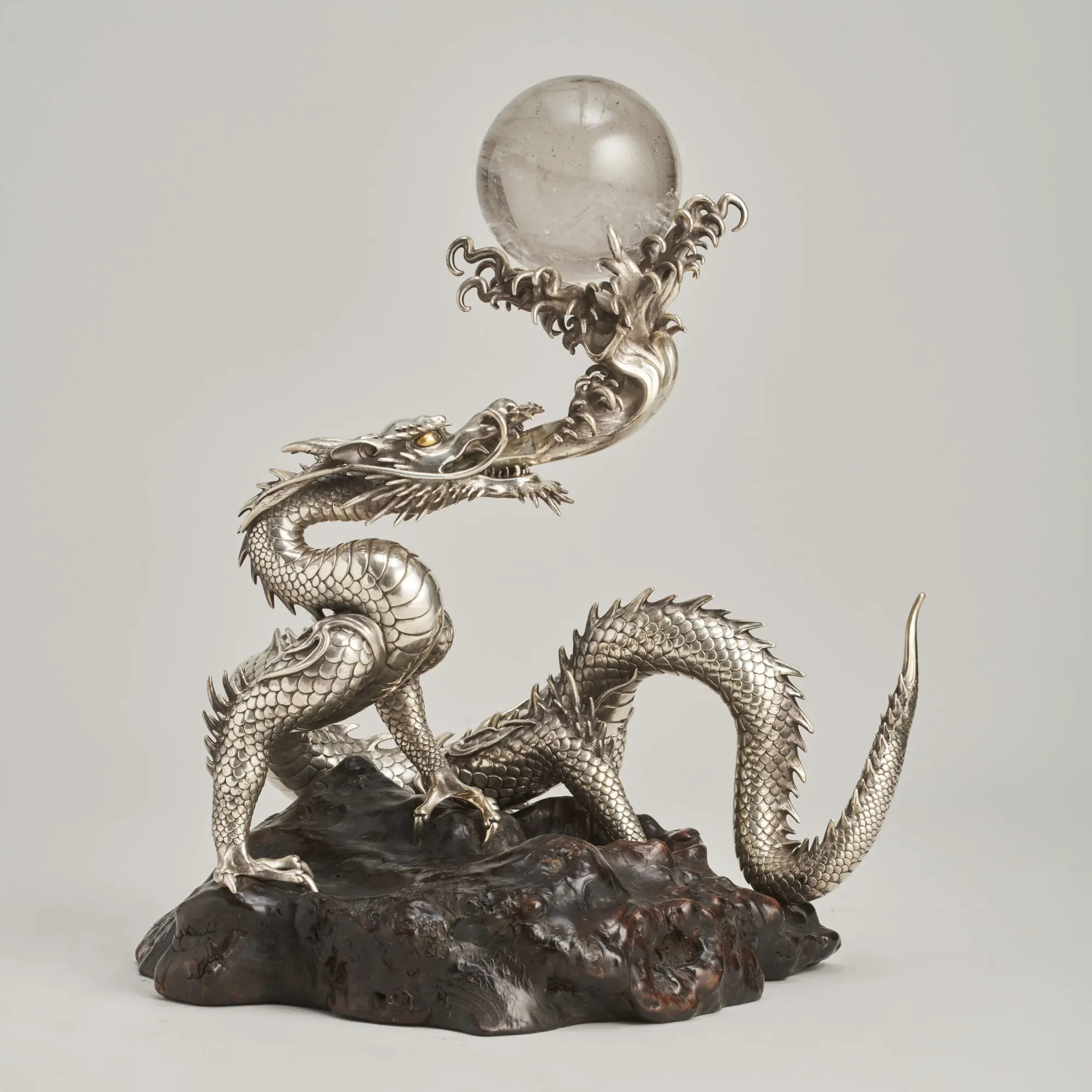This coming weekend, billions of people around the world will come together to celebrate the New Lunar Year. 2024 is the Year of the Dragon!
The Chinese Zodiac calendar assigns one of the five elements of Metal, Water, Wood, Fire and Earth to each year. The complete cycle takes 60 years to complete before starting over. We are entering the Year of the Wood Dragon.
(As always, you can click on the images below to take a closer look at the items displayed.)
A large, fully-articulated Japanese Jizai Okimono of a Dragon
The Chinese New Year is celebrated across South-East Asia although Japan doesn’t officially recognise the Lunar New Year. Saying that, all the animals of the Zodiac feature heavily in Japanese legend and mythology.
The 12 animals of the Zodiac depicted on this late 19th Century Japanese clock face
The Wood Dragon is seen to represent power, nobility, honour, luck and success. It is forecasted that 2024 will bring opportunities, change and in some cases, challenge. Saying that, it is also believed that those born in the Year of the Dragon have a natural courage, tenacity and are full of confidence.
In Chinese culture, the Dragon is hugely significant and it is the most revered and powerful of the four divine spirit creatures. (The other three are the Qilin, the Phoenix and the Tortoise.) The Dragon is the most important and most frequently used symbol in Chinese art and is instantly recognised as a symbol of China. The Dragon was historically used by the Emperor as a display of his power and strength.
A four-clawed Dragon flying among clouds on this pair of Chinese 19th Century Blue and White vases
The appearance of the Dragon has undergone little alteration since it became one of the twelve Chinese Sovereign Symbols under the reign of Emperor Shun (2317 – 2208BC.). In Chinese art, the Dragon takes the form of a scaley four-legged Serpent with dorsal spines, horns and whiskers and long flaming streamers from the shoulders and hind quarters.
A vibrant Dragon depicted on a large pair of Japanese Cloisonne vases
It is something of a Chimera with a head resembling that of a Camel, Tiger paws, Deer horns and Carp-like scales. It also is believed to have a pearl under its chin which makes its call sound like a ringing Gong.
The Chinese word for Dragon is “Lung” or “Long” which is also the word for being deaf. The origin of this is that it is believed that Dragons cannot hear but they use their horns to sense sounds and movement around them.
A pair of Chinese Dragons flying above the waves on this pair of Chinese porcelain blue and white covered jars
In Japanese culture, the Dragon has a similar importance and is also the symbol of the Emperor. The Dragon often adorned the armour of Samurai Warriors and it appeared in many popular myths and legends. It is very similar in appearance to the Chinese Dragon albeit with some subtle differences. Japanese Dragons often have longer snouts and appear more snake-like.
A ferocious Dragon on the chest-plate of Kusunoki Masatsura, a legendary Samurai Warrior
The main difference though is that Japanese Dragons only have three toes whereas Chinese Dragons have either four or five. Chinese legend has it that the Dragon was born in China and would lose toes the further it travelled from home. Rather amusingly, in Japan it is thought that Japanese Dragons would gain additional toes, the further they travelled from Japan so they started with three but would have four or five by the time they reached China.
A three-clawed Dragon on a pair of Bronze and multi-metal Moon flasks (Circa 1880)
Across Asia, Dragons are associated with water rather than with fire as they are often depicted in the West. Asian Dragons are rulers of weather and the Sea and as such they do not need wings in order to fly. Here in the West, we typically portray Dragons as aggressive Monsters whereas in the Far-East they are generally seen as creatures of great wisdom who often help humans and as such, they are regarded as lucky. One wonderful example of this is the Tale of the Four Dragons and you can read an abridged version of this traditional Chinese Folk tale by clicking here.
For now, we hope you found this article interesting and we would once again like to take this opportunity to wish all our customers, partners, friends and followers a very Happy Lunar New Year and we wish you Happiness, Health and Good Fortune for the year ahead.
A Masterful Silver Okimono of a Dragon by Gyokuryuken Sanmi, (artist name, Kazumi)

